Are you dreaming of Africa and its particular fauna? We have selected for you the 10 best safaris in Namibia.
Visiting Namibia is visiting a huge country in South-West Africa, very few people. Between the deserts of Namib and the Kalahari, the inhabited part extends over a central plateau which peaks at 2,600 m. In the northeast, the Okavango, “the river that never finds the sea”, stops fertile plains and a vast wooded area. The wildlife of this region is particularly rich. Safari opportunities are very numerous in Namibia and take the most diverse forms: camping, walking, cycling, horse riding, by car or by plane.
Follow the guide, discovering the best safaris in Namibia!
Also:
The 12 most beautiful places to visit in Namibia
The 7 best safaris to do in Zambia
The 14 most beautiful safaris in the world
15 African reserves where to make an unforgettable safari
1. Etosha
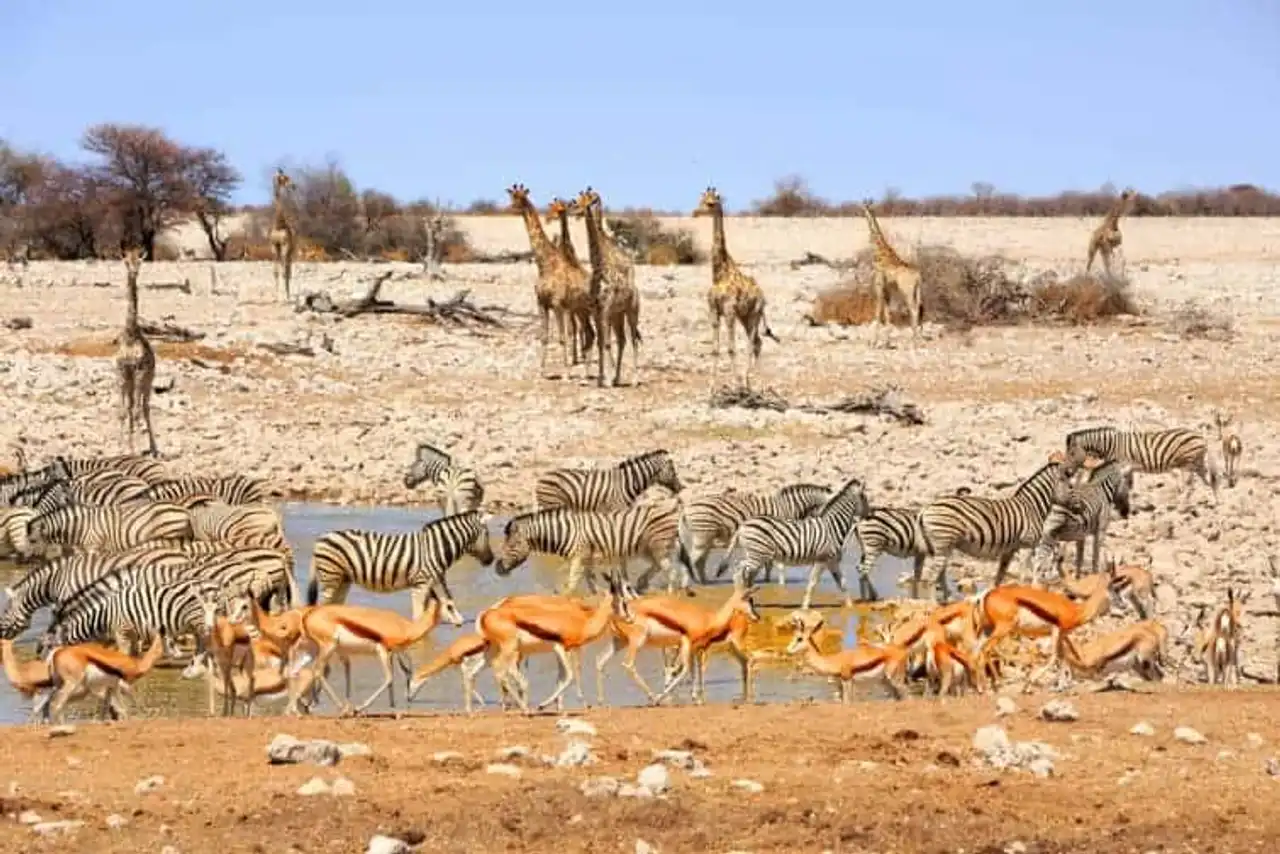
Photo credit: Shutterstock / paula french
The best time to go April to September
The most : there are four of the “Big 5”, i.e. lions, elephants, leopards and especially black rhinos, whose species is threatened?
Etosha, north of the country, is ranked among the best safaris in Namibia but also in Africa. It is one of the few places where it is not necessary to look for the best observation spot for a long time. Just stop by a point of water and wait for the animals to come to water. The arid landscape allows to observe them very far.
The diversity of wildlife is another asset of Etosha, which has 114 mammal species and a multitude of birds, reptiles and amphibians.
2. Damaraland
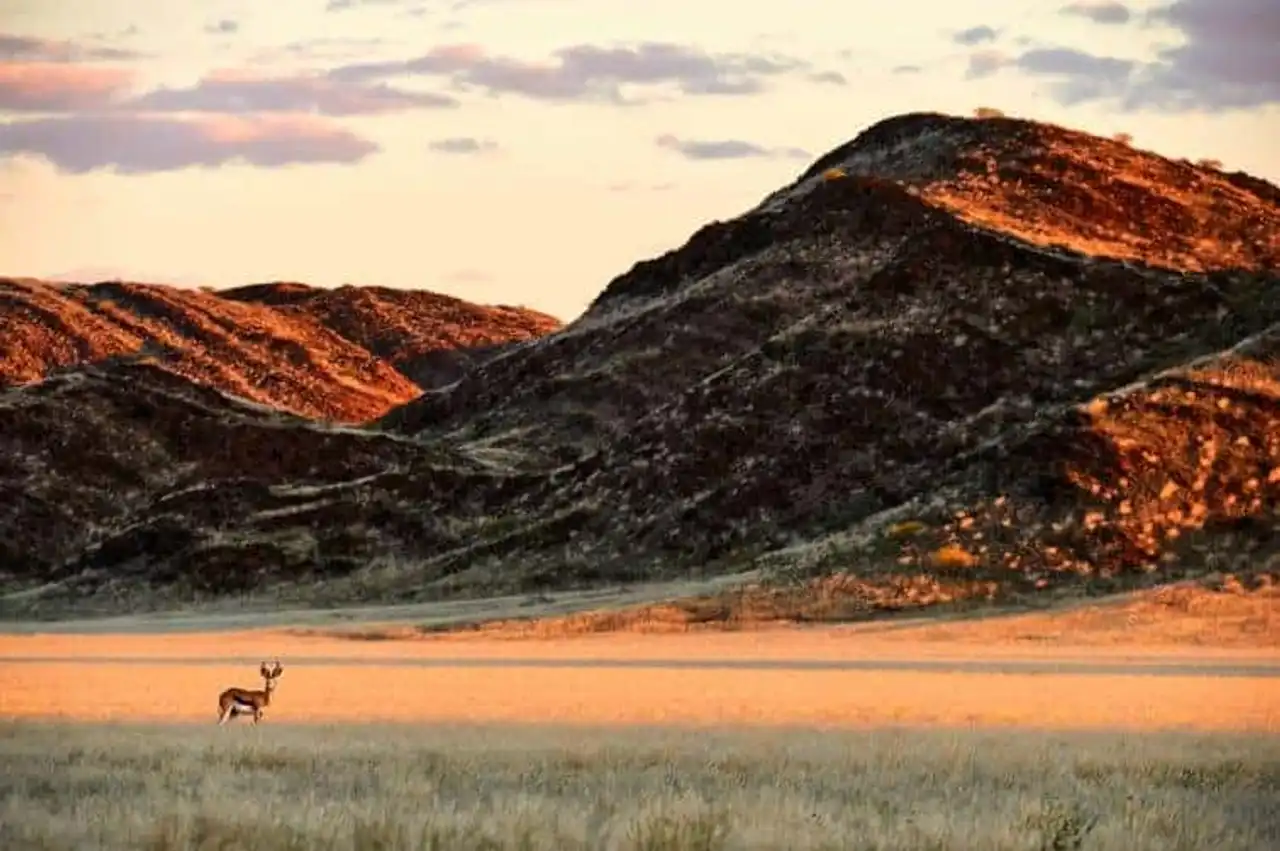
Photo credit: Shutterstock / ArCaLu
The best time to go : all year round
The most : surprising geological formations and a superb collection of rock paintings.
In the vast region of Damaraland, between the Côte des Squelettes and the Park of Etosha, a safari in Namibia in these places is a unique opportunity to see the elephants and black rhinos, outside the limits of a reserve. Strawberry trays are crossed by rivers and lakes, which create pockets of greenery, where animals fall free.
Plan two or three days in this area, to enjoy the wildlife. If you are a seasoned mountaineer, you can even try to climb the Spitzkoppe, the hardest in the country.
3. Khaudum National Park
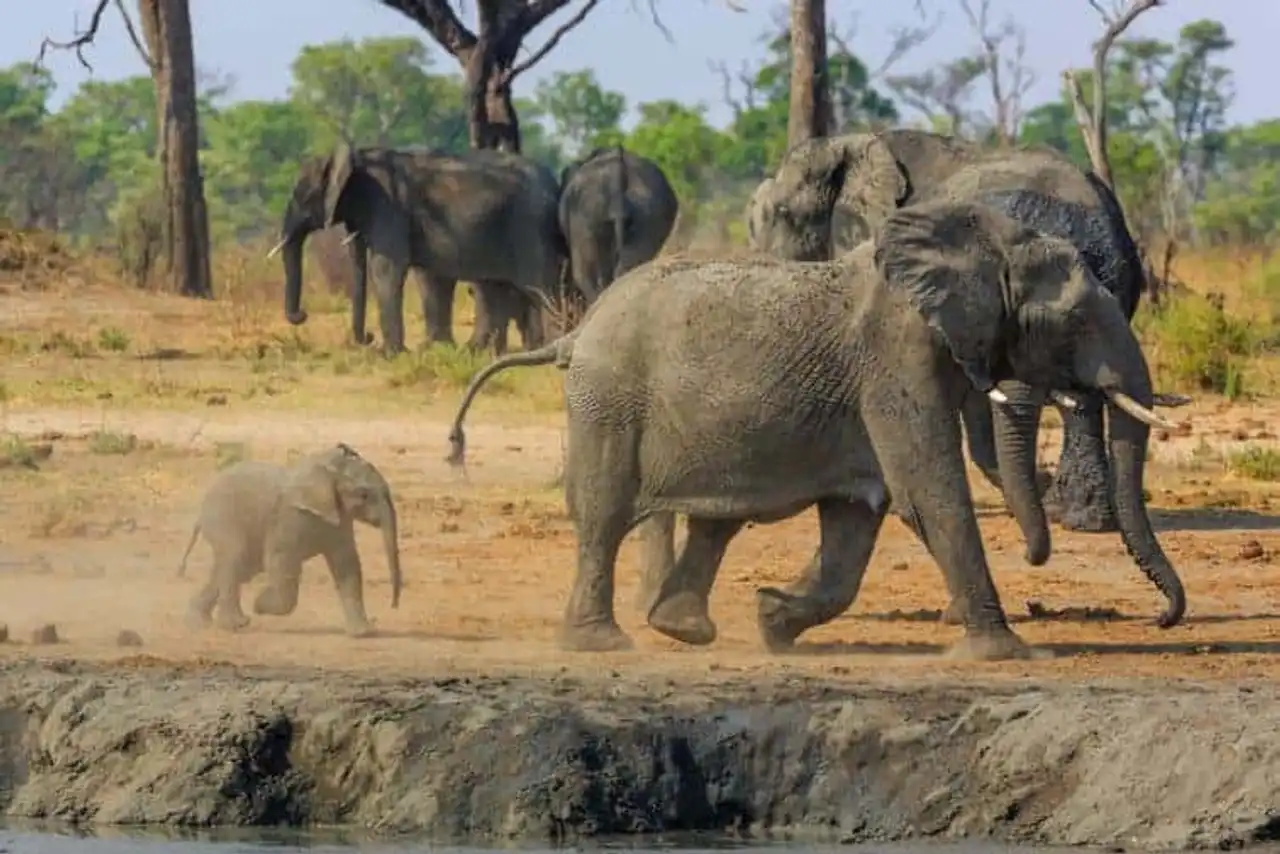
Photo credit: Shutterstock / Radek Borovka
The best time to go : dry season, from June to October
The most : its low attendance.
This very wild park, perfect for a safari in Namibia, is little visited. It is located in the northeast of the country, on the border with Botwana. With an average of 3,000 visitors per year, you are sure to see more animals than humans! It is also recommended not to leave alone and go there with at least two 4×4.
If wildlife is abundant – elephants especially, but also antelopes, zebras, wild dogs, and even a few leopards – it is sometimes difficult to observe. Indeed, in this region, vegetation is very dense and it is best to use a tracker, who will find the right places.
4. Waterberg Plateau
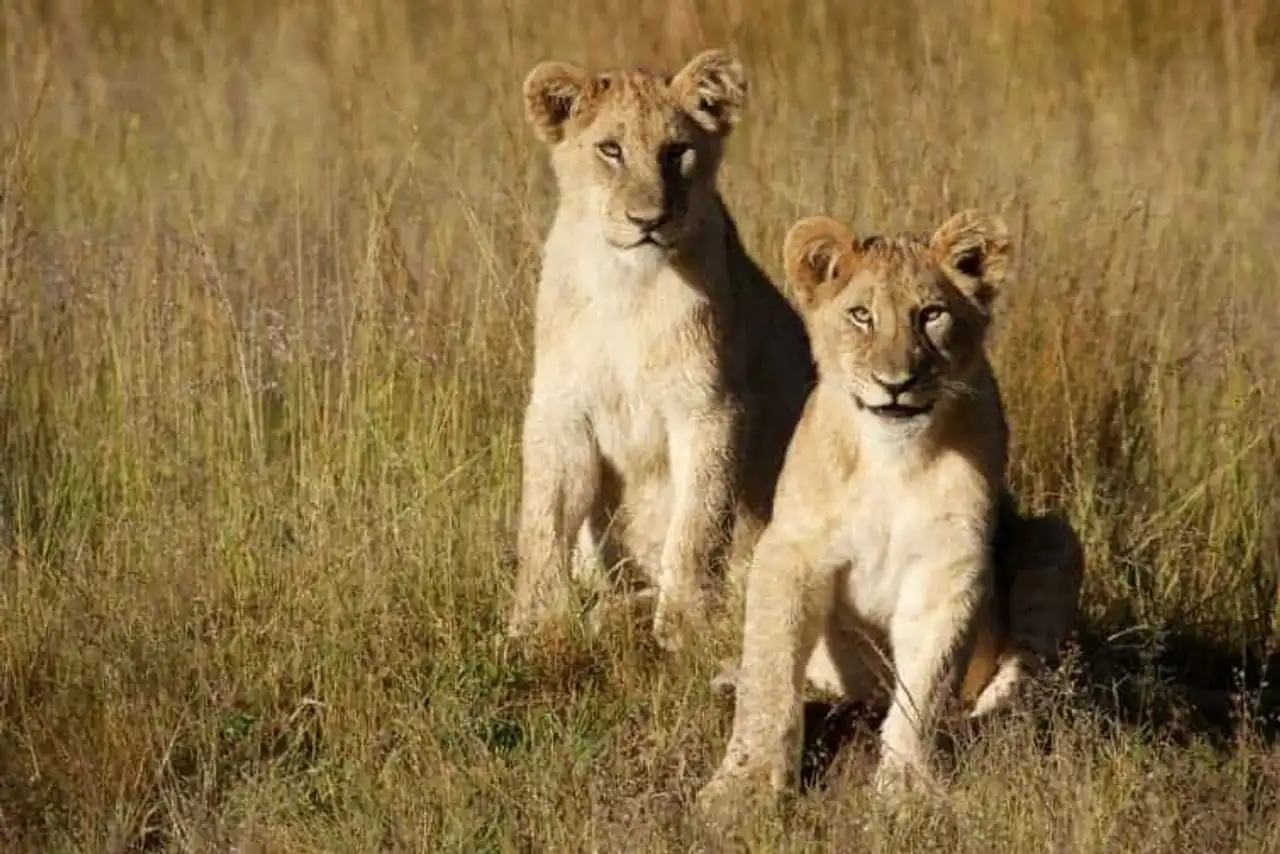
Photo credit: Shutterstock / Christopher Salerno
The best time to go May to September
The most : the contrast between greenery and red rock.
Let's continue our ranking of the best safaris in Namibia with Waterberg. Located halfway between Etosha Park and the capital, Windhoek, the Waterberg Plateau offers an unexpected parenthesis in the Namibian landscape. This plateau of red cliffs is 150 m above the plain. The rocks absorb moisture and then reject it, in the form of flow, towards the plain. This covers meadows and forests, creating a sort of oasis in the surrounding desert. A very diverse wild fauna has chosen home, including very rare species. Difficult access to the tray also allowed to install specimens at risk to protect them from their predators.
The local reserves organize safaris in 4×4, the only way to access the plateau. There you can see curious antelopes: the antelopes horse, or the black and rouan hippotrague. In this region, you can also visit two animal conservation centres. The Cheetah Conservation Fund fight for the survival of the cheetahs while the foundation AfriCat work for men/carnivores cohabitation.
5. Cape Cross
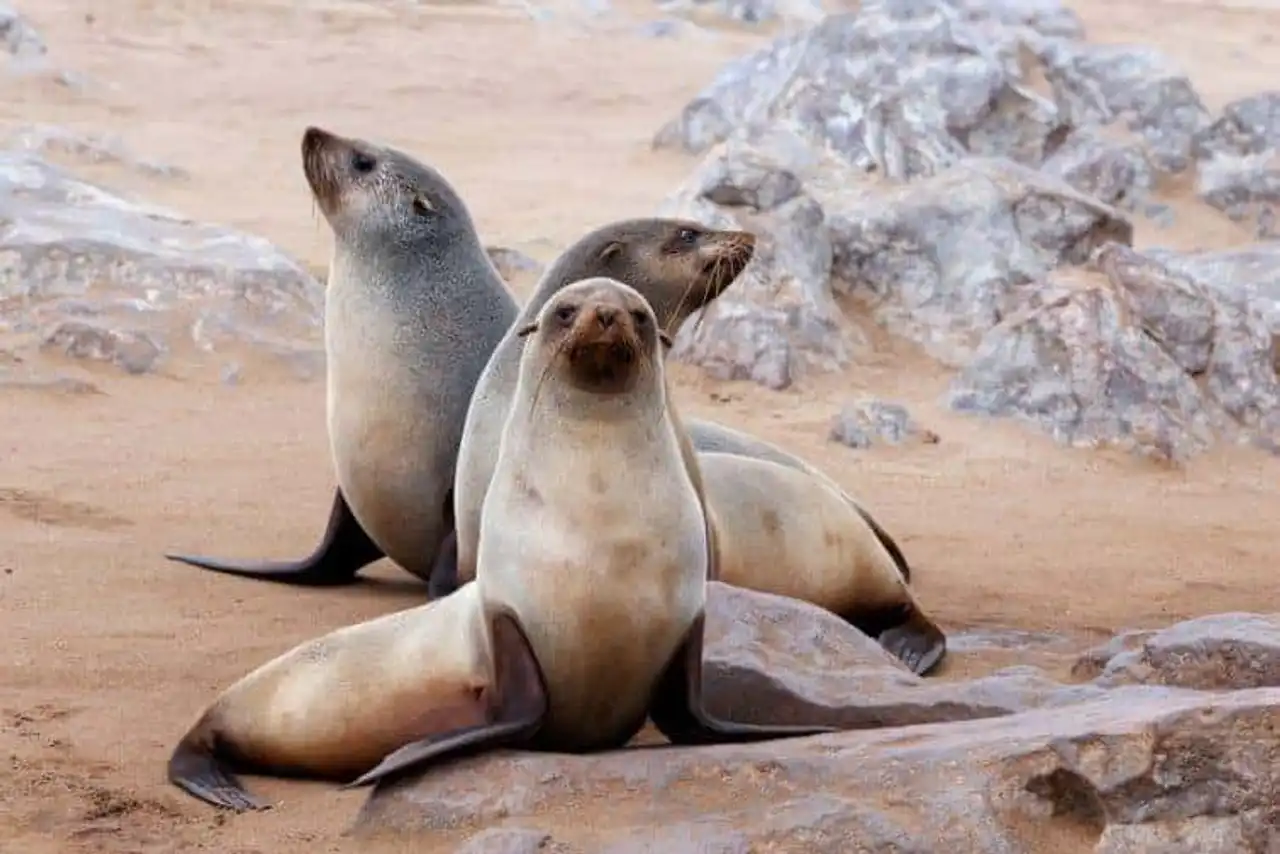
Photo credit: Shutterstock / Artush
The best time to go : April to November
The most : higher concentration of fur-wing lions.
Cape Cross, at five hours’ drive west of Windhoek, is a real fur-wing tank. Consider that in December, when the females put down, it is about 100,000 individuals who occupy this small space. The beaches, the rocks, and even the edge of the ocean are practically black. The smell of these charming pinnipèdes and that of their excrements is particularly strong or even incommodating. You can observe them at any time of the year, a little less important. Barriers are specially designed for your comfort and theirs.
Moreover, it is best not to approach, they can be ferocious if they feel at risk. Perhaps you will also see some of their predators, such as the jackal or the hyena. All right, if you're looking for a safari in unusual Namibia, go to Cape Cross!
6. Skeleton
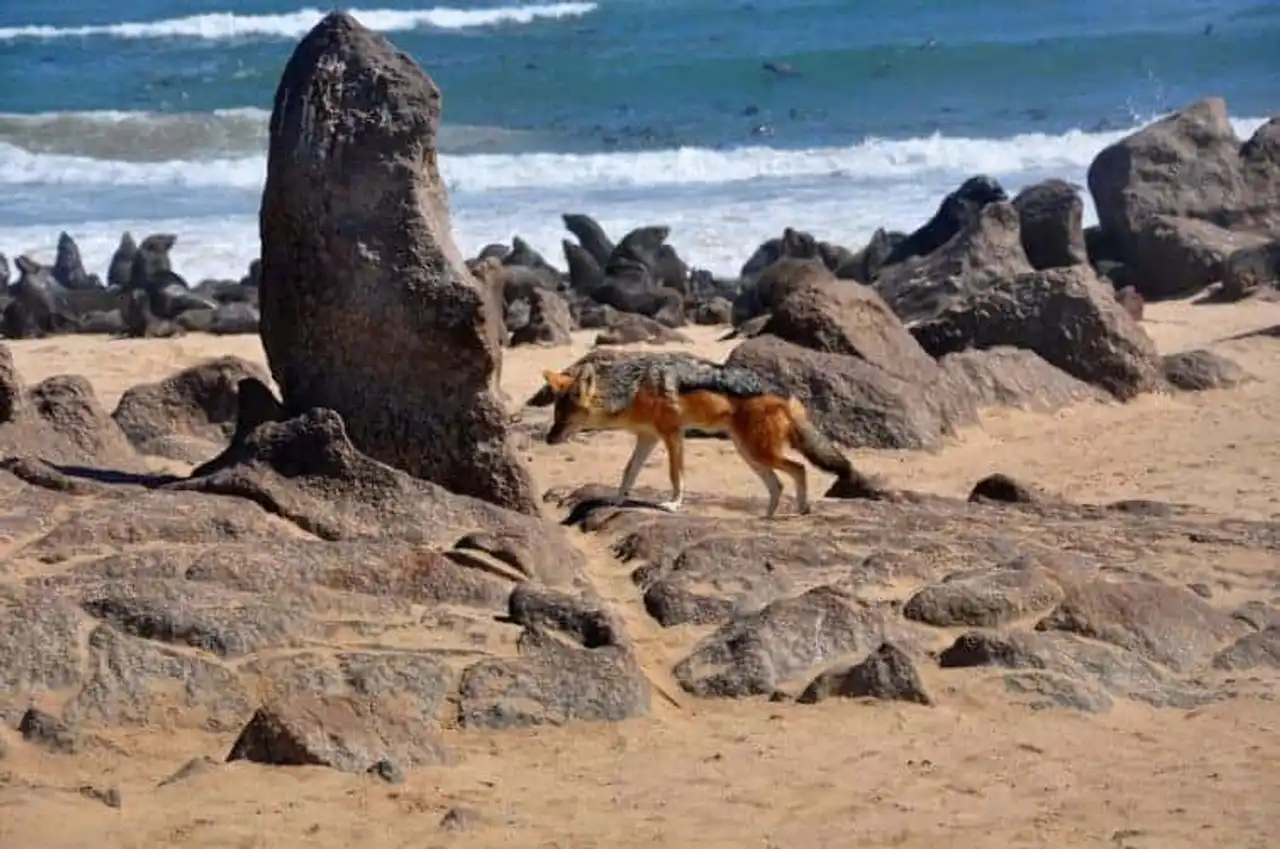
Photo credit: Shutterstock / Jiri Haureljuk
The best time to go : all year round
The most : mammals, both terrestrial and marine
The coast of the Squelettes is named thus, because of the many shipwrecks that took place on this inhospital sand tongue, lined with dunes over 500 km. The presence of whale and seal carcasses, killed by hunters, adds another reason to this name. Located south of Cape Cross, it is divided into two parts, one of which in the north is inaccessible to vehicles, due to moving sands. You can fly there however.
In the southern part, you should meet the springbok gazelle or the gazelleoryx, and many other terrestrial mammals. Not to mention a multitude of birds, as well as whales and dolphins, which you can see slaughter.
7. Desert of Kalahari
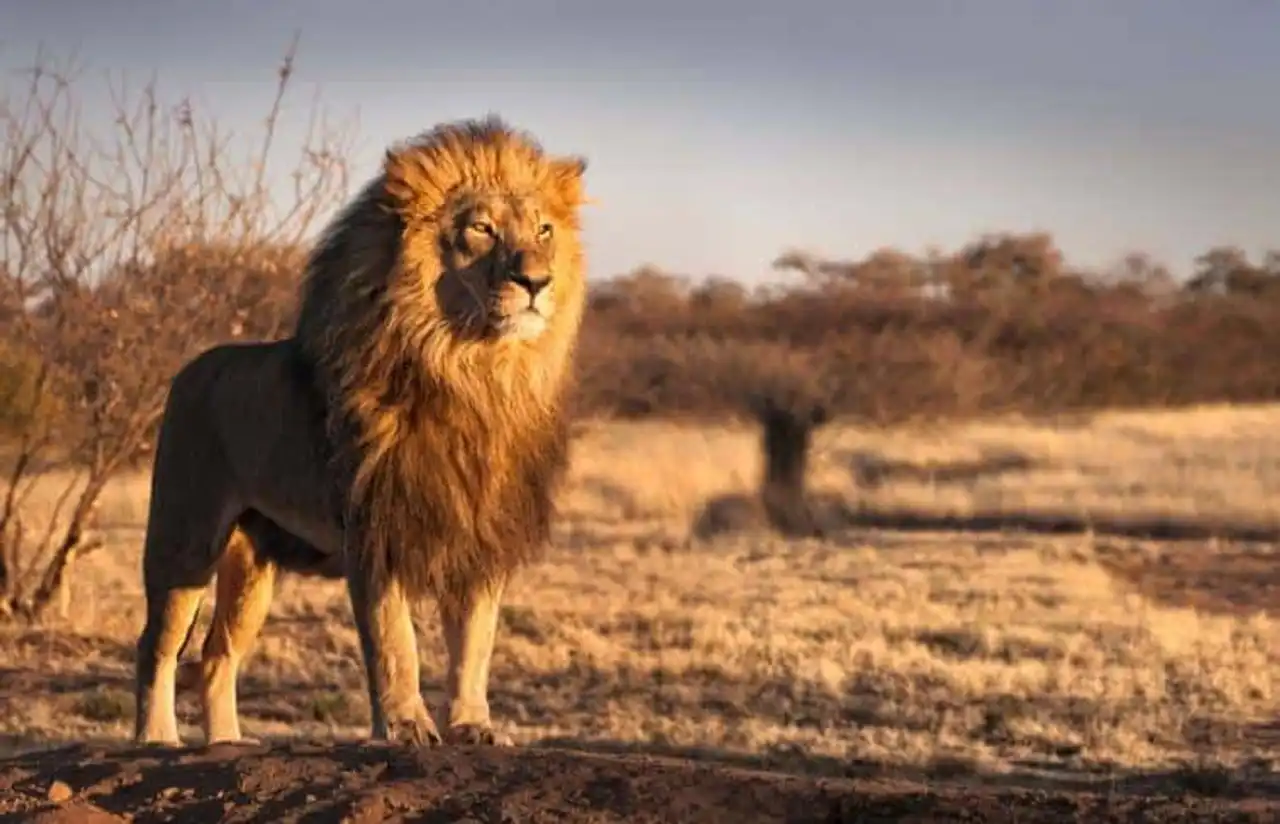
Photo credit: Shutterstock / 2020 Photography
The best time to go : from October to May, as it can freeze between June and September.
The most : the variety of flora.
This mythical desert occupies a vast area in the south-east of the country and also extends to the neighbouring countries of Botswana and South Africa. You will find safaris outings that are riding on both or three countries. The landscape of red dunes is of striking beauty. It is not quite desert, however, because it rains regularly and it feeds a savannah, which sometimes takes money. This phenomenon is due to the esparto , graminated feather.
If you have the chance to be accompanied by a Bochiman during your safari in Namibia, you will have more chances to see some supericates, but also the usual lions, gazelles and antelopes, including the big koudou.
8. Palmwag
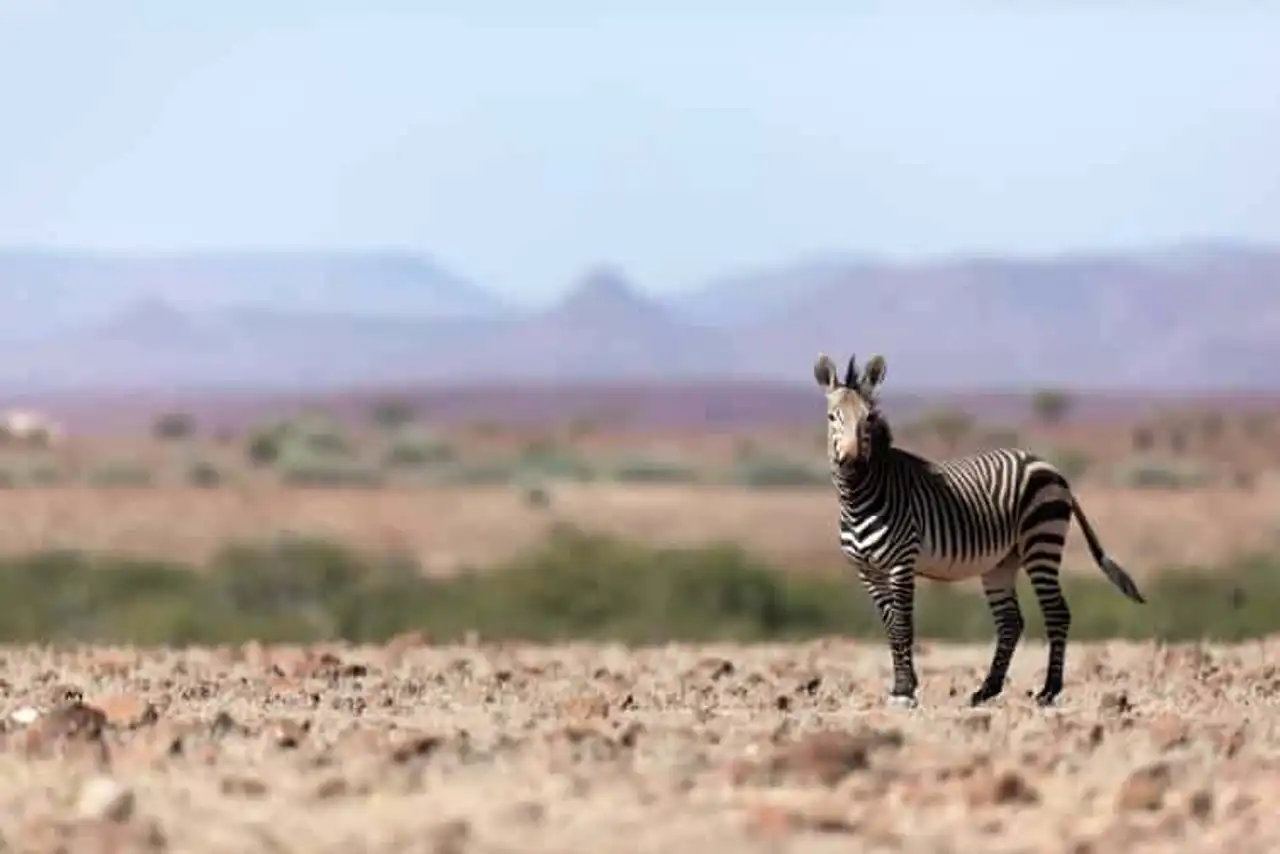
Photo credit: Shutterstock / 2630ben
The best time to go : at any time of the year, with a preference for the period from May to October.
The most : the possibility of participating in a “ rhino tracking ".
Between Skeleton Coast and Damaraland, Palmwag territory is a 400,000-hectare reserve. This is a private concession, managed jointly with the Ministry of Environment and Tourism of Namibia. It is possible to explore it in self-drive, after obtaining a permit, relatively easy to obtain.
On your road you can get off the vehicle and admire the many multicolored geckos, as well as a red and blue lizard. Zebras and giraffes are often at the rendezvous, just like elephants.
9. Daan Viljoen Reserve
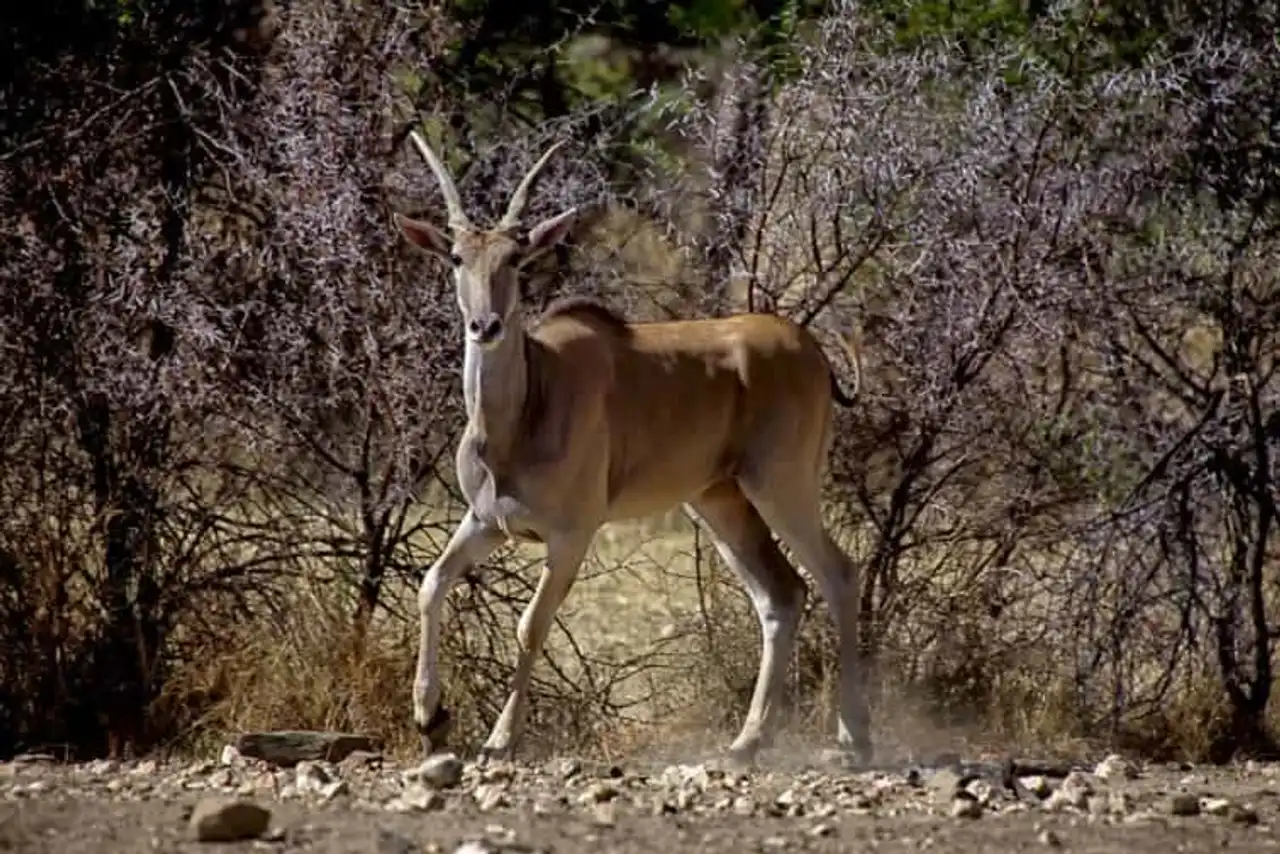
Photo credit: Shutterstock / Bildagentur Zoonar GmbH
The best time to go : in April or between August and October only the conditions.
The most : the park has no dangerous animals, so it is possible to hike on foot.
This small confidential park is a beautiful entry in the area of safaris in Namibia. It allows for a quiet start to discover the country after a long flight. Indeed, it is only about twenty kilometers from the capital and allows to observe its first wild animals: oryx, koudous, gnous, zebra and always a multitude of birds.
10. Desert of Namib
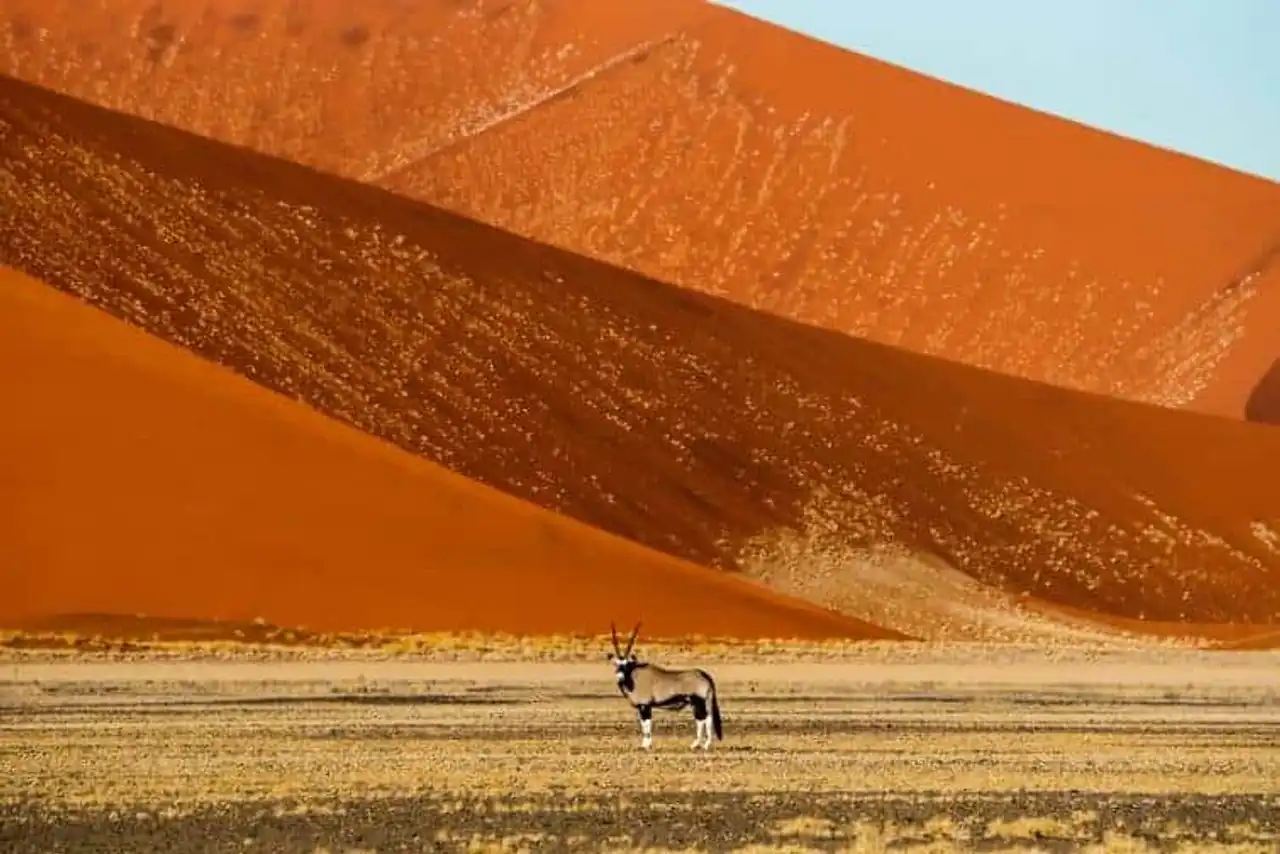
Photo credit: Shutterstock / Efimova Anna
The best time to go between May and October
The most : sublime landscapes of orange dunes.
Namib Naukluft National Park is the largest in Namibia. It is located west of the capital, between the Atlantic coast and the Grand South African Escarpement. He occupies a large part of the Namib Desert. The Naukluft mountains give birth to three rivers, which fill in the rainy season. This allows the establishment of a flora and savannah that are a source of food for animals such as baboons, koudous, hares and zebras of Hartmann. The water holes that remain in all seasons allow them to deteriorate, which facilitates their observation.
In short, a safari in Namibia not to be missed!
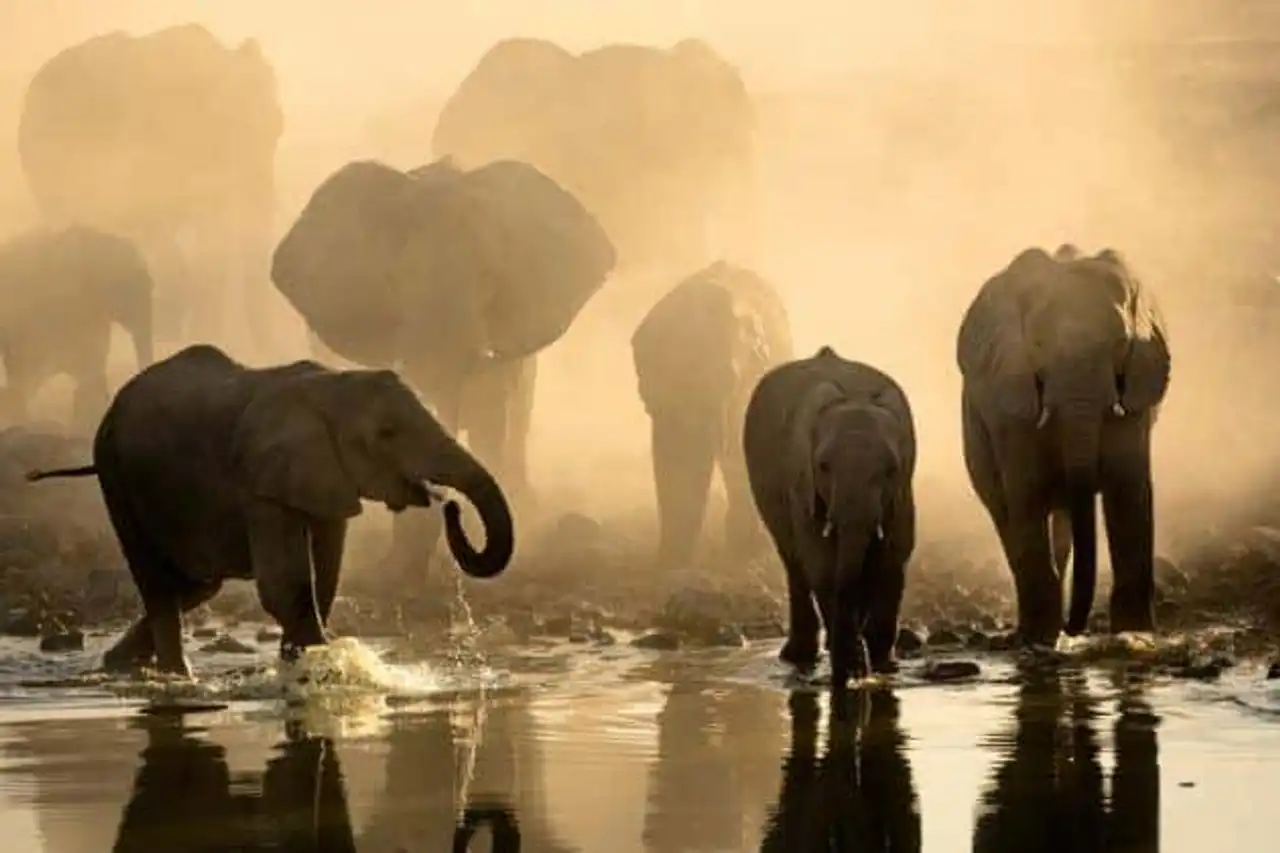




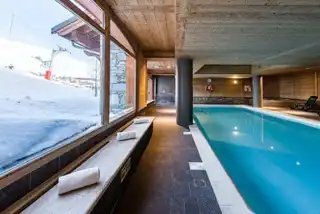
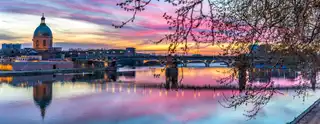
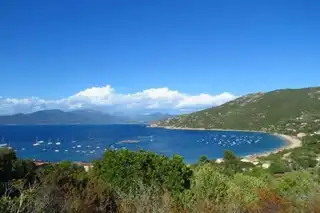
Loading comments ...